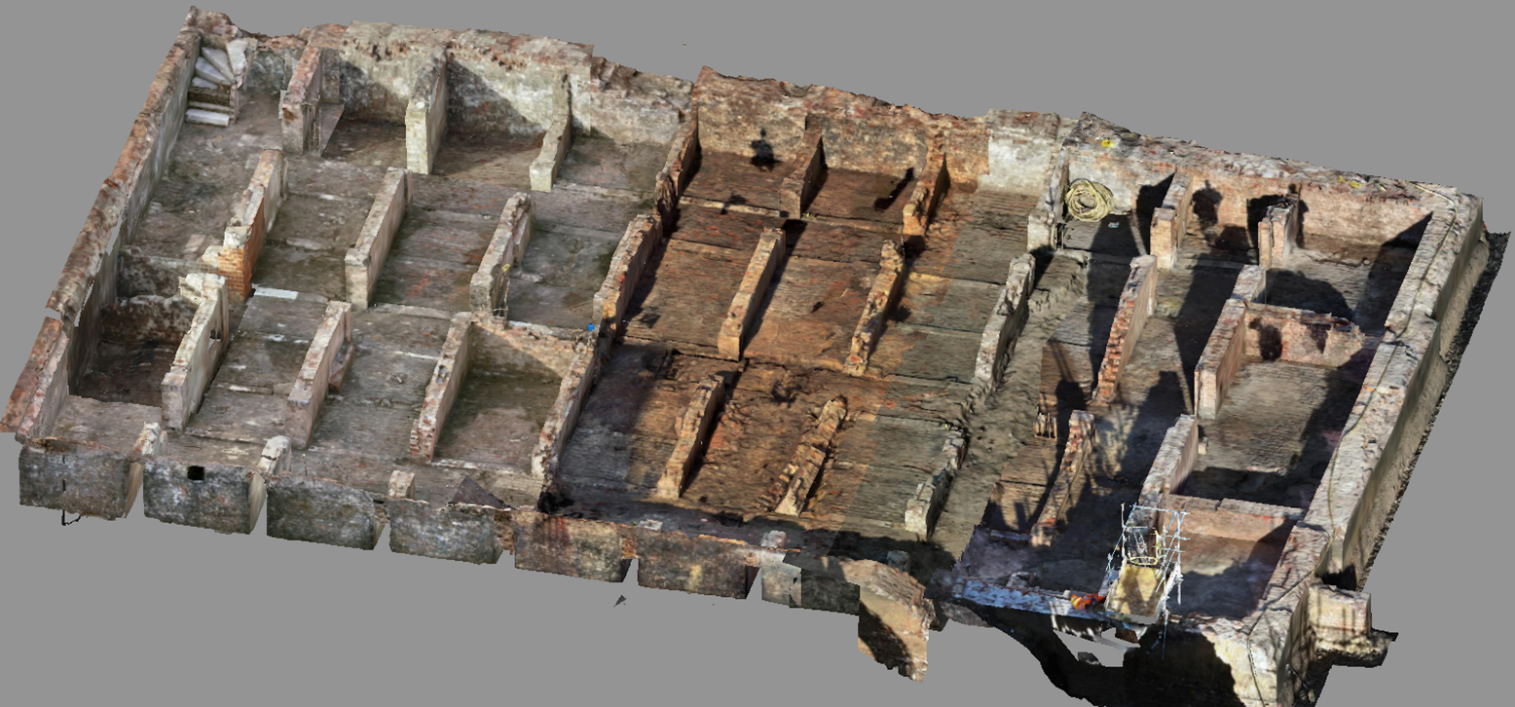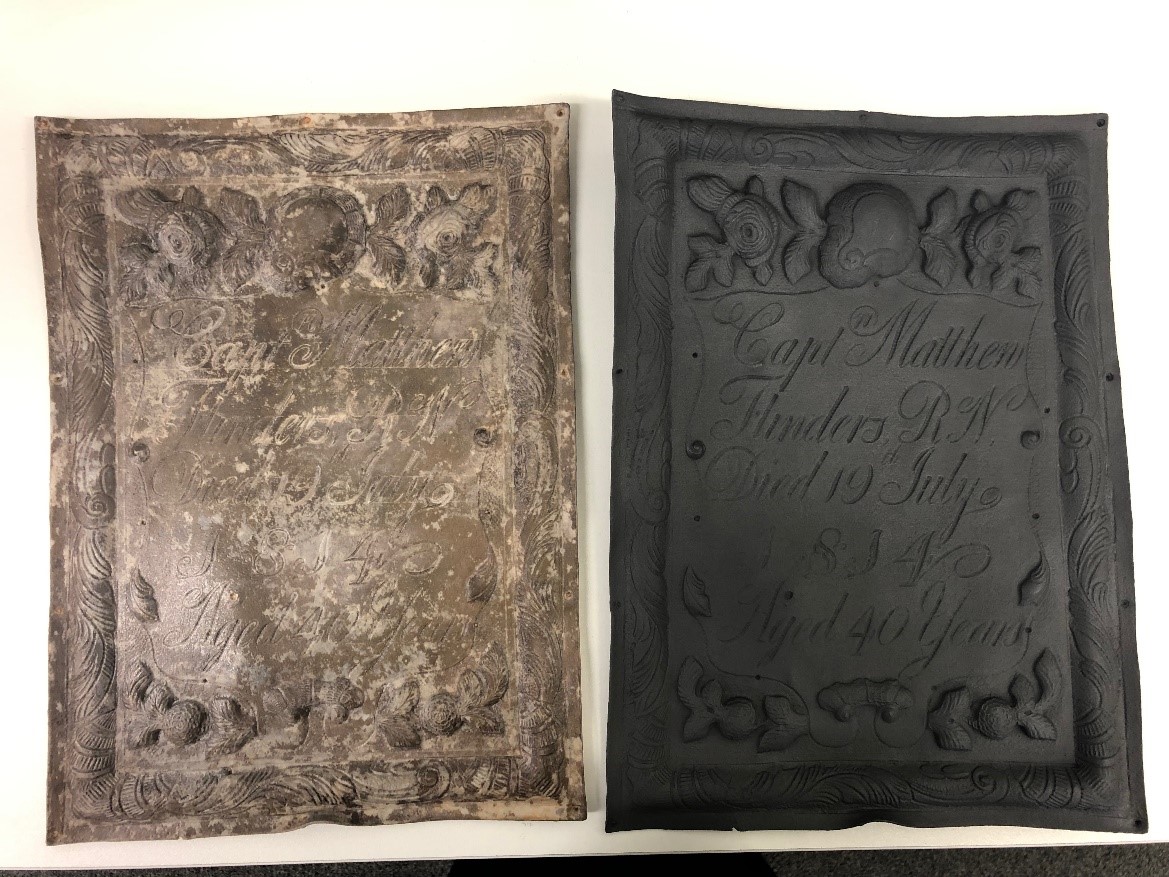Digital innovations in archaeology enables Costain to focus on past whilst embracing the future
Author: Caroline Raynor, principal archeaologist and project director for CSjv at HS2 enabling works contract
When people think about archaeology, they do not generally associate digital innovation and technology. In fact, often the perception is that archaeology is still carried out with small trowels and brushes!
Whilst this is true to a certain extent, Costain is working with archaeological contractors to embed technology in our works. This has the benefits of eliminating risk, improving the quality of archaeological recording and ensuring that archaeology is accessible to all.
"We’re enabling a focus on the past whilst embracing the future"
Below are five short case studies highlighting how archaeology and technology are successfully being utilised on Costain projects:
1. Bespoke digital recording system
Archaeological recording has traditionally been done using a pen, pencil and proforma record sheets. At HS2 EWC in St James’s Gardens, the Costain-Skanska JV team were awarded an innovation grant of £219,000 from HS2’s innovation fund to support the development of digital recording.
Working with the archaeological sub-contractor, MOLA Headland Infrastructure and a digital team at US company Codifi, a new bespoke system was developed to allow recording of archaeological features, particularly, post-medieval burials. The software is available on an app for the site team to use on iPads and has provided numerous benefits including:
- Learning tool for teaching the new generation of archaeologists
- 10% efficiency gained across the duration of the works allowing us to deliver the works ahead of programme
- Community engagement – a great way to show archaeological works to the public and stakeholders
- Cost savings on training, data input and archiving
- Helps to make academic research and report writing very efficient
2. UAVs for volumetric and aerial photography of archaeology and heritage structures
Costain’s UAV (Unmanned aerial vehicle) team have been instrumental in assisting with archaeological recording and measuring site progress. The team deployed small, nimble drones including the DJI Mavic Air to work under the tent structure. This UAV is fitted with several industry leading safety features including obstacle avoidance sensors. It is also very light and responsive. The UAVs were deployed twice weekly to record the site progress and gather data utilised for modelling the removal of material from site to help baseline our progress. This was then compared to a projected baseline and to the waste transfer notes to get a better picture of how efficiently we were managing the bulk dig. By benchmarking the teams using m3 it standardised the archaeological process and gave everyone a better understanding of progress.
UAVs have been used to capture high quality images of heritage assets, archaeology and historic buildings for quite some time now but the quality and way in which we use the data keeps getting better.
At HS2 EWC the site team needed to record the excavated footprint of a historic chapel and associated burial vaults. Due to the site constraints it was not possible to excavate the whole structure in one go. The chapel crypt was excavated in four discrete phases and the UAV images were stitched together to provide a fantastic clear 3D model overview of the way the crypt would have looked.

3. Environmental monitoring to create a best practise dealing with human remains
The on-site labs have been set up to carry out archaeological processing. This suite of four rooms is designed to maximise efficiency while providing the best possible conditions for the handling and assessment of a variety of fragile artefacts.
As part of the process washing, drying and assessing the human remains from St James’s Burial Ground has been monitored using state of the art environmental monitoring equipment. This measures fluctuations humidity and heat in order to help the team determine the optimum temperature and conditions. No study of this kind has previously been carried out on burial ground sites. All data is logged and immediately transmitted to a site computer allowing a live stream of information for interpretation by the team of archaeologists and osteologists on site.
4. 3D Laser scanning of artefacts
The advent of 3D laser scanning and digital 3D printing provides a great set of opportunities. The CSjv team at HS2 EWC have been working with a specialist sub-contractor to trial the 3D scanning and printing of fragile heritage assets. To date this has been incredibly successful with high quality 3D replicas of museum quality standard being produced for use in training and community engagement exercises. This method allows people to interact with and experience heritage without putting fragile assets at risk.
Below is an example of a 3D laser scanned and printed coffin plate. The detail is amazing and even allows us to see features and markings that were not visible on the original.

5. Archaeologists eye view
Promoting archaeology and all the great learning and innovations is a really important part of what we do within Costain. Blogs, social media, and documentary making have been a core part of our works to allow people to experience the archaeology, even though we are not permitted to invite them to site.
To give an “archaeologists eye view” of the site, a select number of our team have been equipped with Go-Pro cameras. This footage allows real time filming of major finds as they are uncovered and allows non-participants to get a feel for what it’s really like to be an archaeologist (without all the mud and sore backs!)

